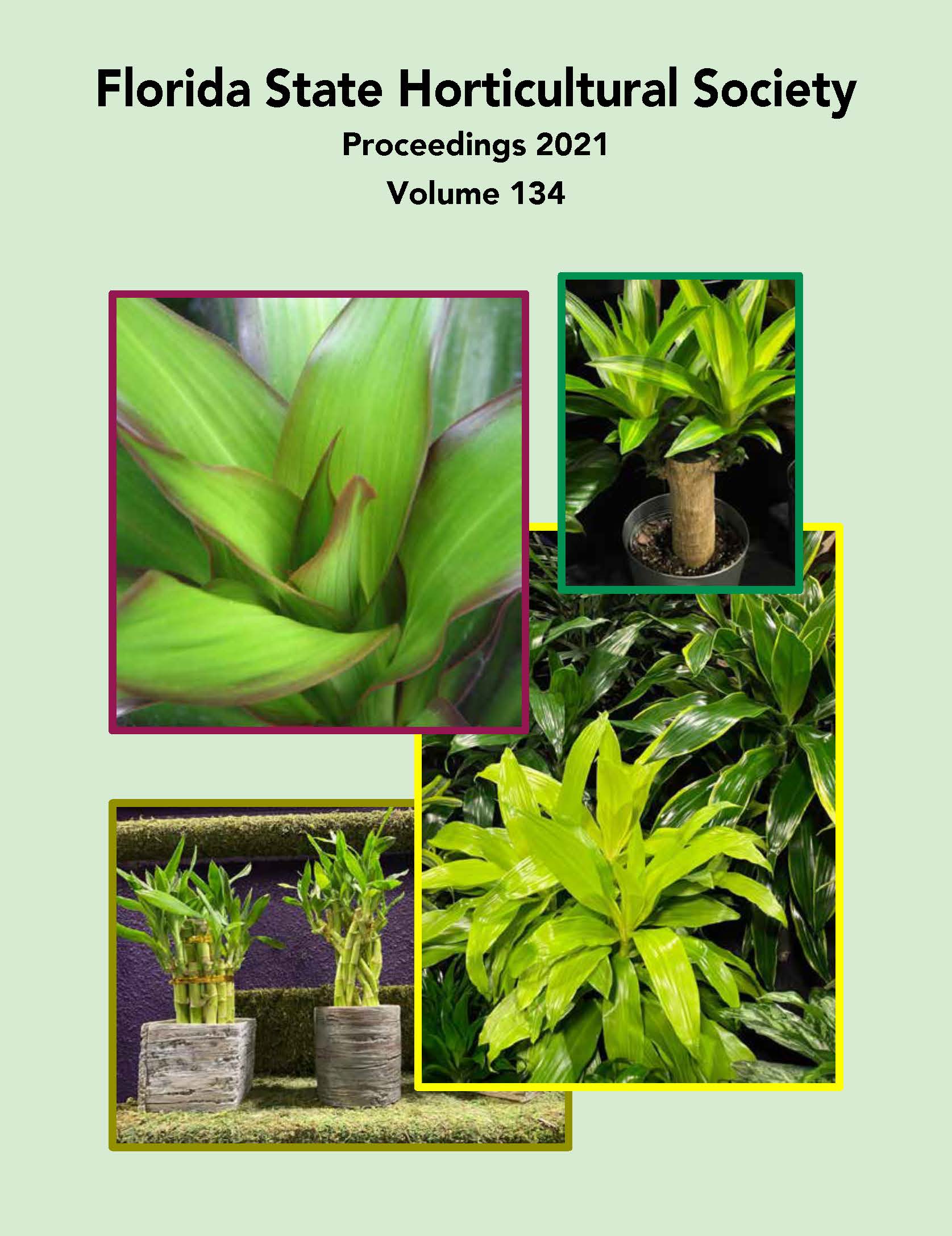Quantitative Trait Loci Identification and Marker Development for Papaya Ringspot Virus Resistance in Squash
Abstract
Papaya Ringspot Virus (PRSV) is an aphid transmitted pathogenic plant virus threatening squash production worldwide. Viruses being obligate intracellular parasites, chemical and cultural practices for their control are not fully effective. Using a genetic source of resistance is the most effective way to minimize crop loss due to virus. Current study identified quantitative trait loci (QTL) and molecular markers associated with PRSV resistance using whole genome sequencing based on bulked segregant analysis technique. An F2 population derived from a cross between ‘Nigerian Local’ (PRSV resistant) and ‘Waltham Butternut’ (susceptible) were mechanically inoculated with PRSV and disease ratings were recorded. At 28 days after inoculation 30% of the F2 individuals were found to be resistant. Two DNA bulks, each from 10 resistant and 10 susceptible F2 individuals were selected for whole genome resequencing and subsequent QTL mapping. QTL mapping using QTLseqr identified one major QTL significantly associated with PRSV resistance on chromosome 9 (P < 0.05) which was designated as QtlPRSV-C09. Thirteen kompetitive allele specific PCR (KASP) markers were developed within the QTL region and two KASP markers were found to be tightly linked with resistance. Overall, QTL and associated markers identified in the study will facilitate accelerated breeding of stable PRSV resistance in squash through marker assisted selection.

